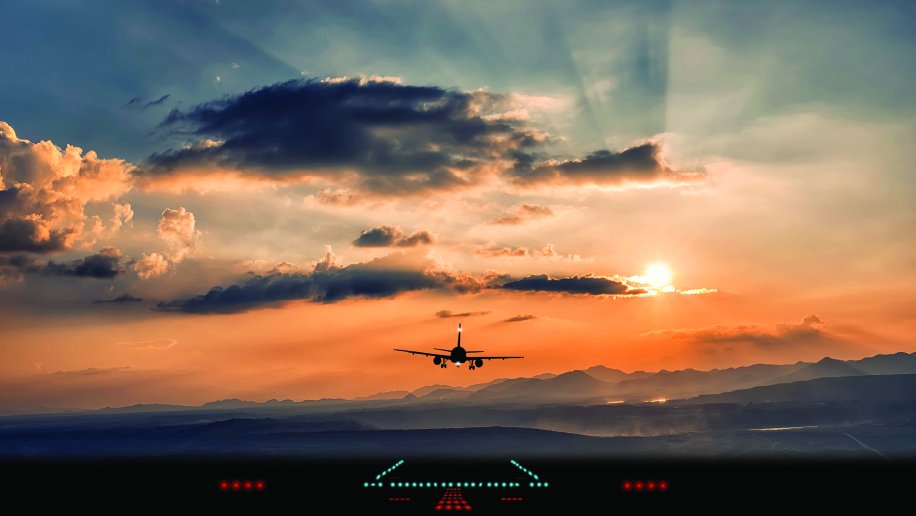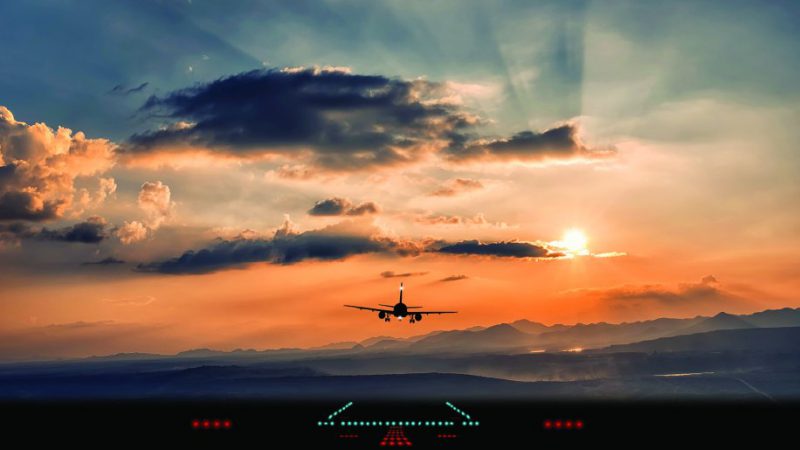Taking the Fifth
The freedoms of the air are the bedrock of the aviation industry – and the fifth is perhaps the most important
January 30, 2020

The freedoms of the air are the bedrock of the aviation industry – and the fifth is perhaps the most important
Towards the end of the Second World War, a group of wise men convened in Chicago. Their meeting was to result in the Chicago Convention of 1944, which would determine how civil aviation would function in the future. Five freedoms of the air were established. They ranged from the first – the right to fly over a foreign country without landing – to the fifth, which is perhaps the most interesting. Simply put, fifth freedom grants an airline of one country the right to carry travelers between two other countries. One example would be British Airways carrying passengers between Singapore and Sydney, or Dubai’s Emirates flying customers between Milan and New York.
In the post-war years, fifth-freedom rights were of great benefit to airlines because aircraft of that era lacked range. It made long-distance routes such as Delhi-New York or London-Singapore viable because passengers could be carried to and from intermediate points. It also enabled airlines to operate to, from and within West Germany. For many years after the war, West Germany’s national airline was grounded, so fifth-freedom rights provided Germany with air links to the outside world, as well as those connecting the West with West Berlin (the latter were routed over East German airspace).
However, fifth freedoms are not a right. Over the decades, many airlines have had to surrender these “rights” when new ASAs (air service agreements) were drawn up. Because ASAs are conducted behind closed doors we cannot say for certain but it’s believed that both Air India and El Al surrendered some or all transatlantic flights from London. Singapore Airlines no longer operates as many transpacific flights from Hong Kong as it did in days gone by.
In the 1970s, Japan Airlines operated the Silk Route between London and Tokyo. Having fifth-freedom rights enabled JAL to carry passengers between London and Rome, Delhi and Bangkok. JAL also had rights to transport passengers between Delhi and Bangkok. I remember JAL’s fifth-freedom rights well, as I was a passenger on several of its Silk Route B747 flights (Italian, Indian and Thai residents would enjoy similar rights along the route.)
The downside for any airline is that if they are too successful, there is the risk that governments will want to withdraw these rights because they syphon passengers from their national airline. Consider the protests in Rome in 2014 when Emirates acquired fifth-freedom rights between Milan and New York, for example.
What’s more, not all fifth-freedom routes are successful. There are plenty of examples of airlines abandoning certain routes because they were unprofitable. Recently, Ethiopian Airlines dropped Dublin-Los Angeles, to be replaced later by Dublin-Madrid, although the latter did not last long, either – according to its website, the route ceased last month.
At the time of writing, meanwhile, Emirates is seeking to drop its fifth-freedom Singapore-Brisbane flight because it says it is making “substantial losses.” And now, facing tougher times, Cathay Pacific has decided to abandon Vancouver-New York next year, disappointing Vancouverites and New Yorkers who chose the flight for its higher standards when compared with North American carriers.
Passenger Gains
How does fifth freedom benefit travelers? In short, it provides more choice and, often, cheaper fares. Examples here would include Taiwan’s EVA Air, which links London with Bangkok, Singapore Airlines (SIA), which plies the transpacific from both Hong Kong and Tokyo, and KLM, which links Singapore and Denpasar. One also invariably gets to sample a modern wide-body jet that they might not otherwise get to experience on the route – think of Emirates, whose A380s fly Bangkok-Hong Kong and Milan-New York, which are more commonly served by narrow-body aircraft.
Sometimes an airline gains fifth-freedom rights for a route neglected by the national carrier. Would SIA have gained Manchester-Houston rights were that route served by any UK or US airline? Or would Emirates have secured rights for Barcelona-Mexico City if it was already served by Iberia? (It starts next month, although at time of writing Aeromexico had mounted a strong objection.) Fifth-freedom rights play a valuable role for this particular route, in fact – as Mexico City airport is at high altitude, no Gulf airline currently flies there from their home airport as they would be unable to return home nonstop.
Emirates gained Athens-New York rights because there is no Greek carrier able to operate the route so the government was happy for Emirates to take over. Air service within Africa, meanwhile, can be sparse so the governments there liberally grant fifth-freedom rights where necessary. Consider Accra-Abidjan, where fifth-freedom carriers outnumber the one national airline, Air Côte d’Ivoire.
Potential Problems
So what are the drawbacks of such routes? Sometimes the schedule may not be convenient – flights might not be daily or may operate at odd times. No two routes are the same, so it’s always wise to check.
Other factors include en route delays and that if it is a short tag sector, the cabin staff (who may have started work at the originating point) may not feel motivated. Sometimes, however, one gets a fresh crew. We heard a story from one reader who recently flew on KLM’s Singapore-Denpasar service and posted that he was happy not only with the good-value fare but also the staff attitude. The latter could possibly be because the team operating Amsterdam-Singapore disembark at Changi, from where a new crew takes over for the Singapore-Denpasar-Singapore sectors. (Another crew then takes over for Singapore-Amsterdam).
In theory, fifth-freedom rights should no longer exist (with the exception of Europe-Australasia) because new aircraft can fly much further. But knowing the complicated world of aeropolitics, they will no doubt be around for some time to come.
20 good fifth-freedom flights
London to Los Angeles with Air New Zealand
London to Bangkok with Eva Air
London to Singapore with Qantas
Manchester to Houston with Singapore Airlines
Athens to New York Newark with Emirates
Barcelona to Mexico City with Emirates (from December)
Frankfurt to New York JFK with Singapore Airlines
Milan Malpensa to New York JFK with Emirates
Vienna to Bangkok with Eva Air
Accra to Abidjan with Emirates
Bangkok to Singapore with Cathay Pacific
Bangkok to Hong Kong with Emirates
Bangkok to Hong Kong with Ethiopian Airlines
Hong Kong to San Francisco with Singapore Airlines
Kuala Lumpur to Jakarta with KLM
Singapore to Denpasar with KLM
Singapore to Sydney with British Airways
Singapore to Melbourne with Emirates
Tokyo Narita to Los Angeles with Singapore Airlines
Vancouver to New York JFK with Cathay Pacific (until spring 2020)




